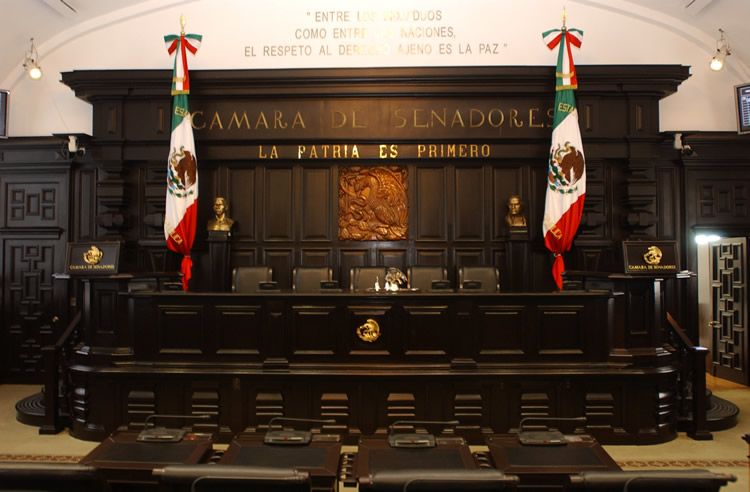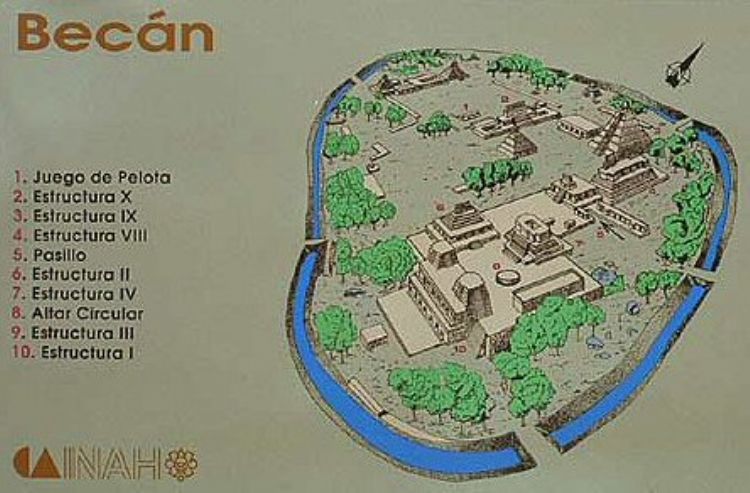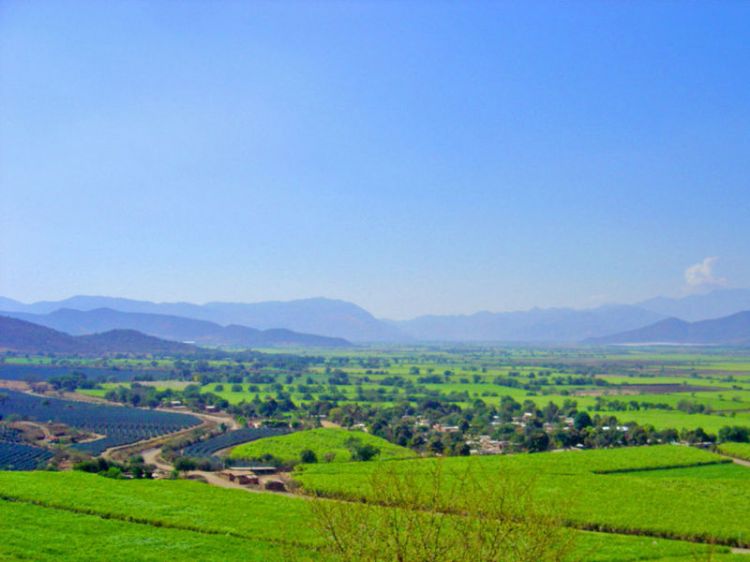
Lately, this seems to be the hot topic no matter the soci...

The current state of San Luis Potosi is located in east-central Mexico, a geographic position which turns it into a natural corridor between the Gulf of Mexico and the in
land territories, and into a communication route between north and south as well.
The state contains a wide diversity in terms of physical features, climate and biology, which has in turn resulted in equally diverse cultures and societies, although they are closely intertwined, a fact that becomes evident when studying a little of local history. During pre-Hispanic times, the region known as Arid-America covered rugged terrains not exactly fit for agriculture and thus for permanent human settlement, for which the Chimicheca mobile tribes inhabiting the land remained within a hunter-gathererexistence. As a result of this type of life, this tribes did not embark in the construction of ceremonial or commercial towns, and their social organization was based on the relation between small nomadic or semi-nomadic groups, constantly on the lookout for pray and fruit. The most representative of this groups which moved around the state's territories were the Pames, Guachichiles, Macolias, and Mascorros. Across the regions of the Huasteca and the Potosi mid-lands, conditions were rather different, as the
Mesoamerican natives had the opportunity to practice permanent agriculture, thus establishing large human settlements and building cities which would allow their cultures to transcend, as well as developing trade relations with other cultures in the Mesoamerican sub-continent. This region was mainly occupied by the Huastecos and the Nahuas tribes.
The flowering of the Huasteca culture during the period 200-500 A.D. brings about the use of the circle and related forms in the construction of temples and other structures, which were actually built over columns so as to protect them against humidity. In terms of habits and spiritual customs, they apparently adored and worshiped the sun and the moon as well as rain, and they had a deity for fertility which
had no form, neither human nor animal.
The year 1518 saw the first Spaniard expeditions into Potosi territories, led by Juan de Grijalva and Alfonso Alvarez de Pineda. A couple of years later, the growing intention of Jamaica's governor Francisco de Garay to take hold of all land north of the Panuco river, resulted in a confrontation with Hernan Cortez himself, who rapidly took control of the area and began the process of conquering the towns of the Huastecas.
Once Cortez had consolidated his control over the area, he left for Mexico City, then Tenochtitlan, and by the year 1526 the Panuco region had fallen into the hands of his enemy, conqueror Nuno de Guzman, who was posted as governor.
During the Spanish conquest, new settlements depended heavily upon the discovery of deposits containing precious metals. Such is the case of San Luis, as a large silver deposit was found in the Cerro de San Pedro in 1592. By the end of the XVI century, the town known as San Luis Minas del Potosi consisted of a large main square and 19 blocks of buildings and dwellings around it.
The economy of the province of the Nueva España or New Spain, as the central region of Mexico was called, was based on the mining activity, which gave rise to the smelting Haciendas, where the extracted products were processed. The economical system of San Luis and its surroundings was complemented by agricultural, livestock, or mixed Haciendas, of which some of the first to operate in the region were the Peñasco, la Parada, Espiritu Santo, Bocas de Maticoya, el Corte and Cerro Prieto.
Economic prosperity in the region was further propelled by the building of a road known as the "Camino Real de Tierra Adentro", which connected Mexico City with the states of Queretaro, Zacatecas, and San Luis Potosi.
By the 19th century, a fraction of the society conformed by those born Mexican but of Spanish descent and known as Criollos, was taking active part in the conspiracy against the Spanish Crown. Many locals played major roles in defending the sovereignty of the new nation, including Anacleto Moreno, Jose de la Luz Gutierrez, Nicolas Zapata and Jose Mariano Jimenez. However, the presence of Felix Maria Calleja del Rey, loyal to the European viceroy, ruined the insurgent project in the central mining state.
By the end of the war for independence, the Union Congress officially
constituted several states, San Luis Potosi among them, and its Constitution became the rule of law by the year 1826. Many locals took active part of such historical celebration of the Congress, among them Ignacio Lopez Portillo, Jose Miguel Barragan, and Manuel Ortiz de Zarate.
The new nation had to learn the art of democratic government, and the long and winding road began with an emperor, political coups, dictators, traitors to the motherland, further foreign invasions and the loss of more than half of the Mexican territories to the United States. The state of San Luis Potosi was always involved whenever the situation required its participation, as several local politicians and humanists had a vision of the nation beyond regional interests. One of these remarkable men was Ponciano Arriaga, whose liberal words fought tirelessly in defense of liberties and warranties for individuals.
As general Porfirio Diaz reaches the presidency, Potosi natural Carlos Diez Gutierrez was put in charge of the state government of San Luis, an administration which, just as the one across the nation , soon turned into a dictatorship. The end of the 19th century saw the introduction of the railroad in the state, large investments on mining and commercial industries, the creation of the Footware Manufacturing Company, as well as other industries coming into operation within the manufacturing and textile sectors. Other advances and novelties were also introduced, such as telephone service and the School of Arts and Trades, all of which paved the way for the state to enter the 20th century.

The history of Mexicoâs political parties can be divide...

BALAMKÚ; Located in the jungle, on the southeast o...
